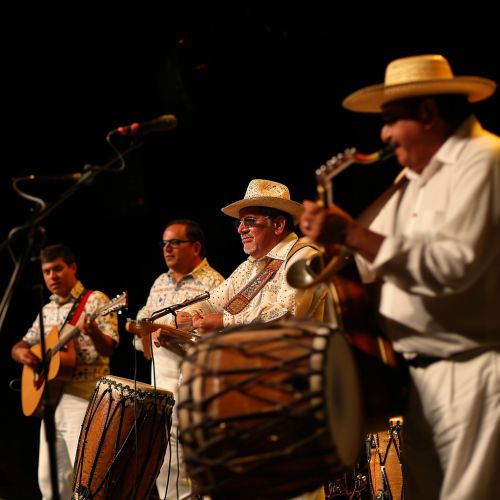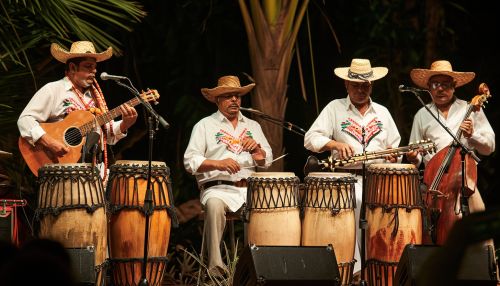Music of Panama
Introduction
The Music of Panama is a reflection of the country's diverse cultural heritage. Its roots lie in the indigenous, Spanish, and African influences that have shaped its history. The music is characterized by a rich variety of genres, from the traditional to the contemporary, each with its own unique style and rhythm.


Historical Background
The musical history of Panama is as diverse as its people. The indigenous tribes of Panama, such as the Kuna and Ngäbe-Buglé, have their own distinct musical traditions. These include songs and dances for various ceremonies and rituals, often accompanied by handmade instruments like the maracas and tamborito. The Spanish colonizers brought with them the guitar, which became a staple in Panamanian music. They also introduced genres like the pasillo and cumbia, which blended with indigenous and African rhythms to create a unique Panamanian sound.
Traditional Music
Traditional Panamanian music is a blend of African, Spanish, and indigenous influences. The most popular traditional genre is the tamborito, a folk dance accompanied by singing and drumming. The lyrics often tell a story or describe a local tradition. Other traditional genres include the saloma, a yodeling style used by cattle herders, and the punto, a poetic song form accompanied by guitar.
Modern Music
Modern Panamanian music is a fusion of traditional elements with contemporary styles. Salsa, reggae, and reggaeton are popular genres, often featuring lyrics in both Spanish and English. Panamanian artists have also made significant contributions to the global music scene, with musicians like Ruben Blades and El General achieving international fame.
Musical Instruments
Panamanian music features a variety of instruments, many of which are handmade. These include the caja, a drum made from a hollowed-out tree trunk; the mejoranera, a five-stringed guitar; and the rabel, a three-stringed fiddle. Modern Panamanian music also incorporates instruments like the piano, electric guitar, and synthesizer.
Music and Culture
Music plays a central role in Panamanian culture. It is a key component of festivals and celebrations, such as the Festival de la Mejorana in Guararé and the Carnaval de Las Tablas. Music is also used to express social and political commentary, with genres like reggae and reggaeton often addressing issues of poverty, inequality, and social justice.
Conclusion
The music of Panama is a vibrant tapestry of sounds and styles, reflecting the country's rich cultural diversity. From the traditional rhythms of the tamborito to the contemporary beats of reggaeton, Panamanian music is a testament to the country's dynamic and evolving cultural identity.
